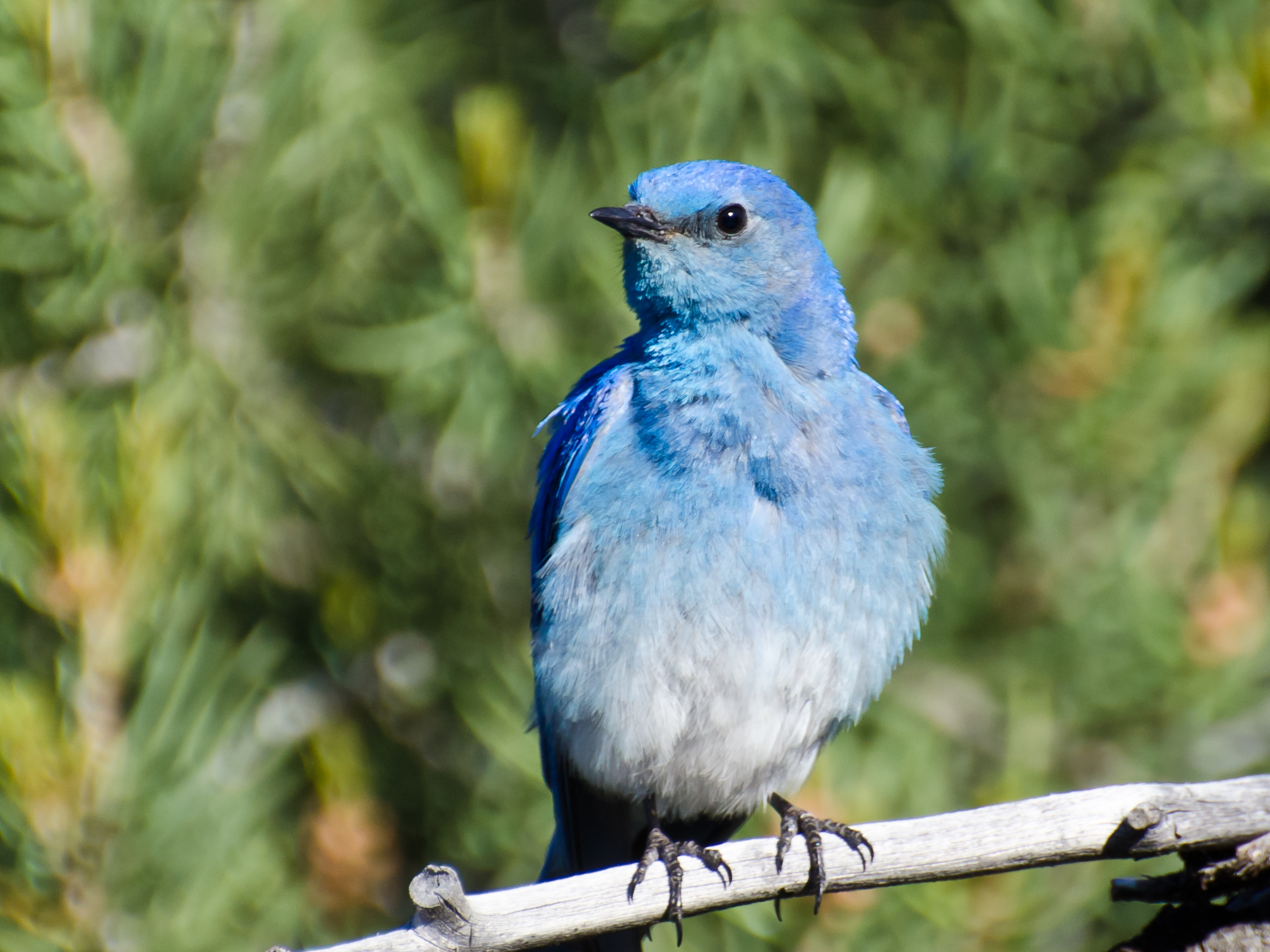- The 50 states of the US (and Washington, D.C.) have been choosing official state birds since 1927.
- Common “backyard” birds, like cardinals and robins, were chosen as state birds for more than one state.
- Other birds, like Minnesota’s common loon and New Mexico’s infamous greater roadrunner, are rarer.
- Visit Insider’s homepage for more stories.
Birds can seem so ubiquitous, it’s easy to forget just how many rare and beautiful species there are flying the skies of the US.
Certain types are more common than others, like the American robin and the northern cardinal, but others are entirely unique to a particular state or region, like New Mexico’s roadrunner or South Dakota’s ring-necked pheasant.
Here’s every official state bird in the US, including our nation’s capital.
Alabama: Yellowhammer (aka Northern Flicker)
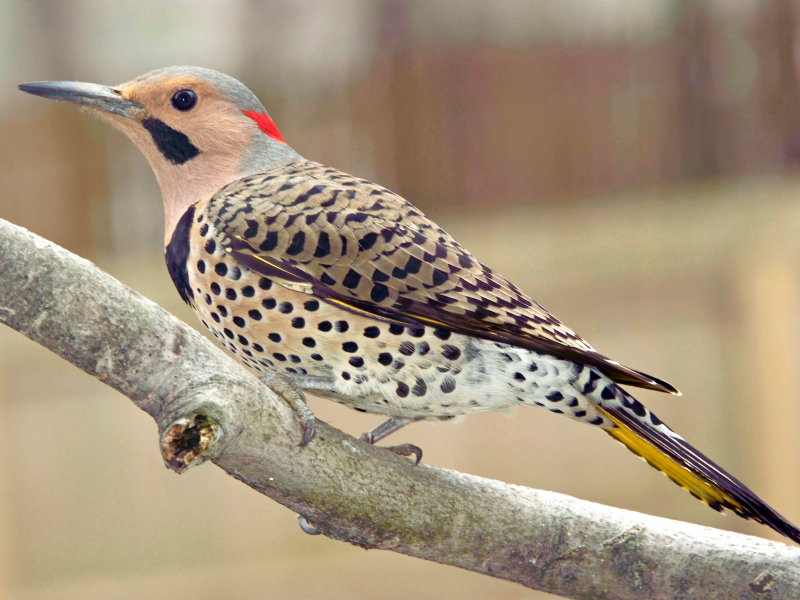
The northern flicker, or “yellowhammer,” bird was chosen as Alabama’s official bird in 1927, though it has been associated with the state since the Civil War. The northern flicker is a type of woodpecker, making Alabama the only state in the country to have a woodpecker as a state bird.
Alaska: Willow Ptarmigan
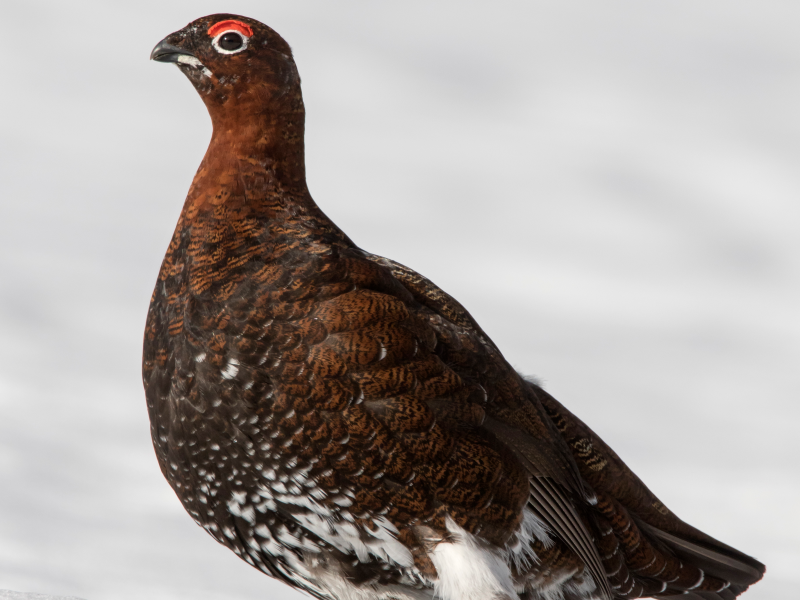
Described as "stout" and "sociable," the willow ptarmigan can be found throughout Alaska's treeless country, and it officially became the state's bird when Alaska was granted statehood in 1960. Interestingly, the bird changes its color according to the season: light brown in the summer, pure white in the winter.
Arizona: Cactus Wren
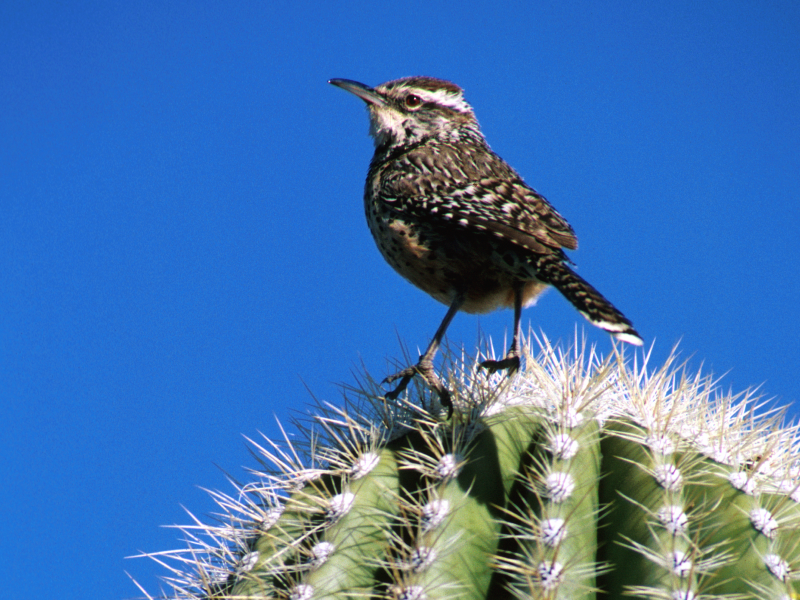
The largest type of wren in the country, the cactus wren can be seen perched atop cacti and other shrubs throughout Arizona. The cactus wren was named Arizona's state bird in 1931.
Arkansas: Mockingbird
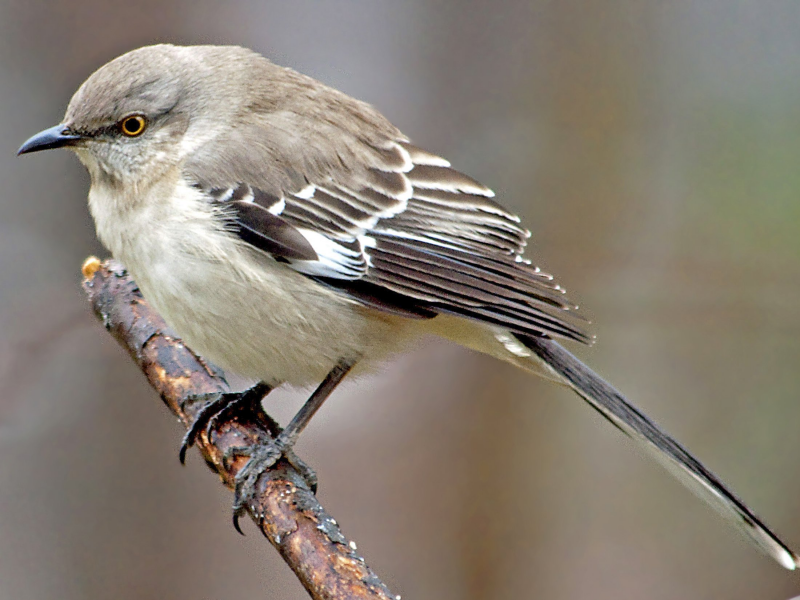
Known for their exemplary vocal abilities, mockingbirds are ubiquitous (and popular) throughout the country. In addition to Arkansas, the mockingbird - also referred to as the northern mockingbird - is the official state bird of Florida, Texas, Tennessee, and Mississippi. Mockingbirds can sing up to 200 songs, including those of other birds, insects, and even amphibians.
California: California Quail
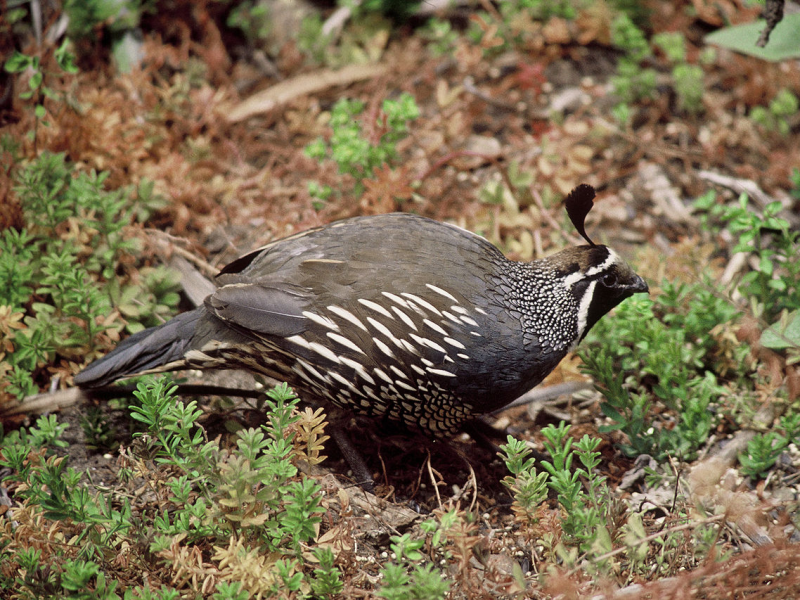
Though the California quail is plump and intricate-looking, it's smaller than a pigeon. These birds, replete with black plumes extending from their heads, spend most of their time on the ground, though they have been known to fly in emergencies. It became the state bird in 1931.
Colorado: Lark Bunting
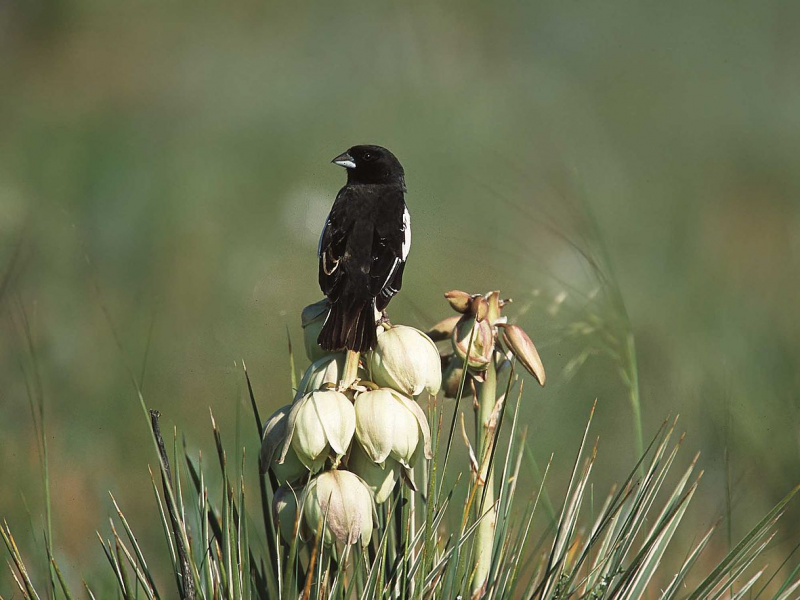
Also in 1931, the lark bunting became the state bird of Colorado. This migratory bird is known for the jet-black plumage found on males, though it fades to a lighter gray during winter. A type of sparrow, it is also known for its unique, "warbling" mating call.
Connecticut: American Robin
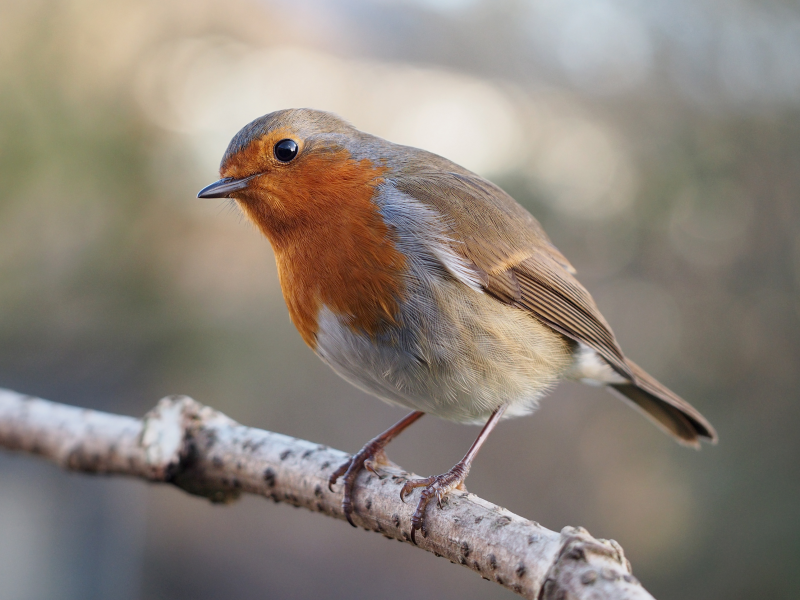
A quintessential American bird, the American robin is also the state bird for Wisconsin and Michigan. Robins were named by the original US settlers after the European robin red-breast, though the two birds are not related.
Delaware: Blue Hen Chicken
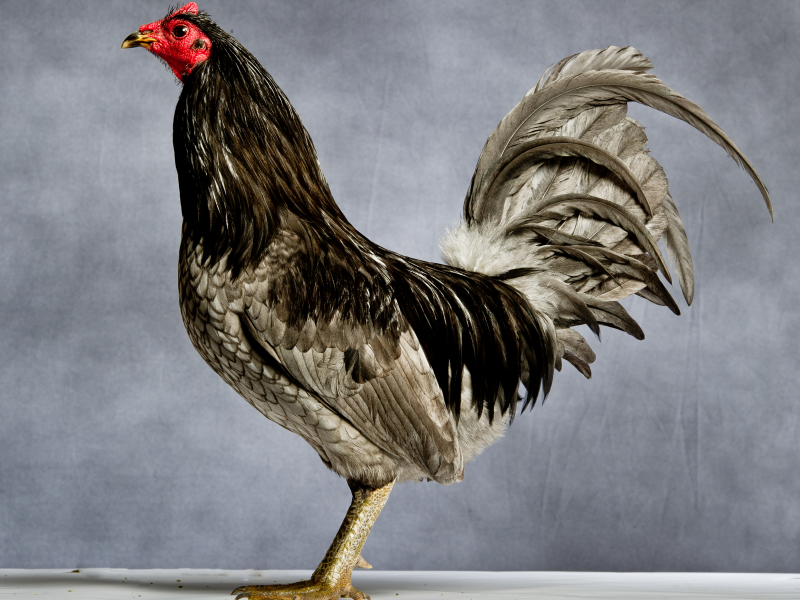
Delaware's state bird has a rich history: there's technically no such thing as a "blue hen" type of chicken, but this state-specific nickname dates back to the Revolutionary War. A company of soldiers from Delaware were revered for their bravery and nicknamed the "Blue Hen's Chickens." Nowadays, the chickens are specially bred to have blue-toned feathers.
Washington, D.C.: Wood Thrush
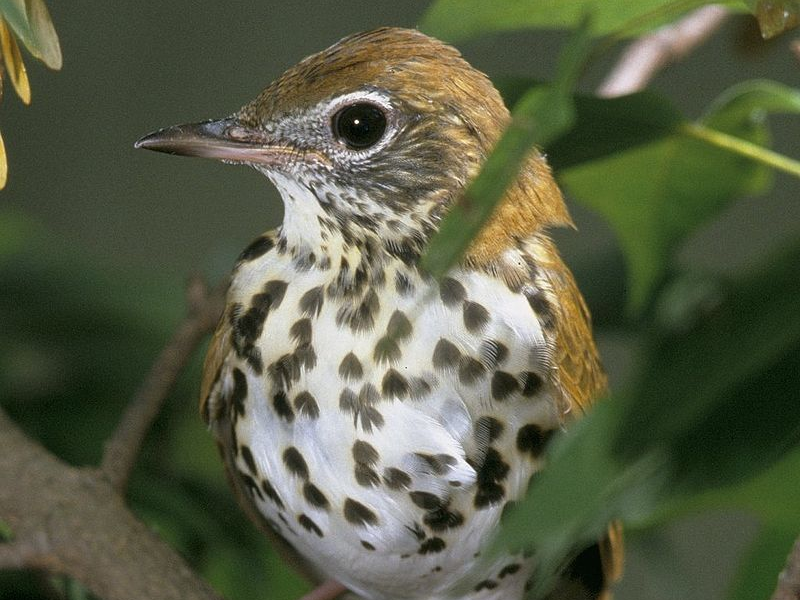
Similar in posture to the American robin, the wood thrush of D.C. has a slightly smaller frame (and larger belly). Known for being reclusive, these birds can be found in forests, and are known for their cinnamon-colored plumage.
Florida: Northern Mockingbird
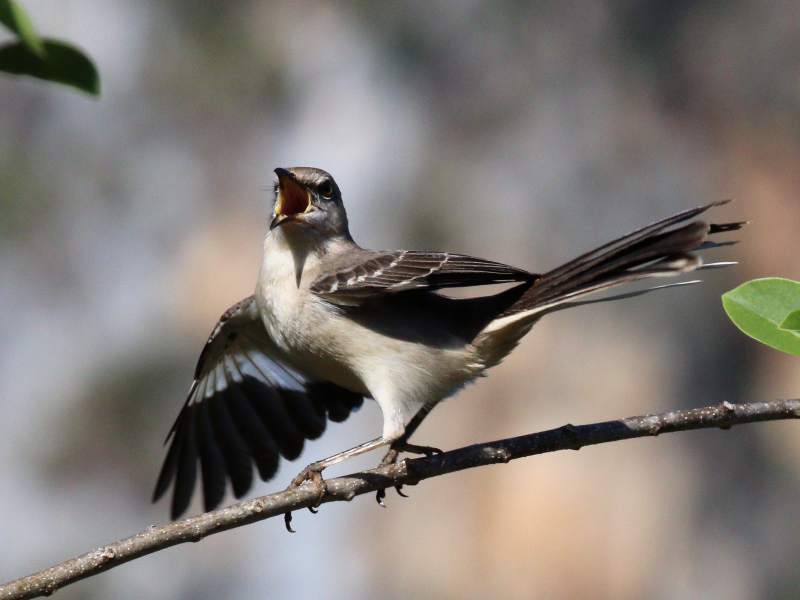
Another state to claim the mockingbird, the northern mockingbird was declared Florida's state bird in 1927.
Georgia: Brown Thrasher
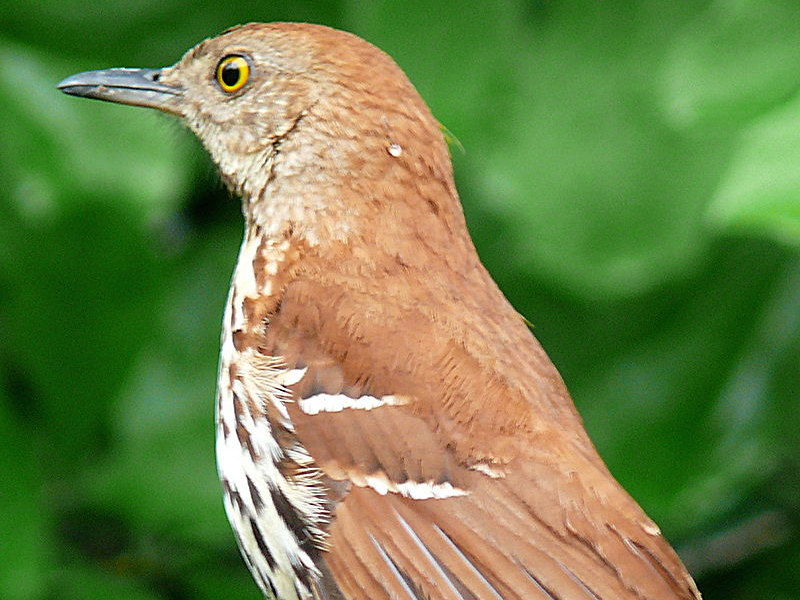
The brown thrasher is a large bird with a very prominent, long tail and bill. It was named the state bird of Georgia in 1970, at the request of the Garden Clubs of Georgia.
Hawaii: Nēnē (Hawaiian Goose)
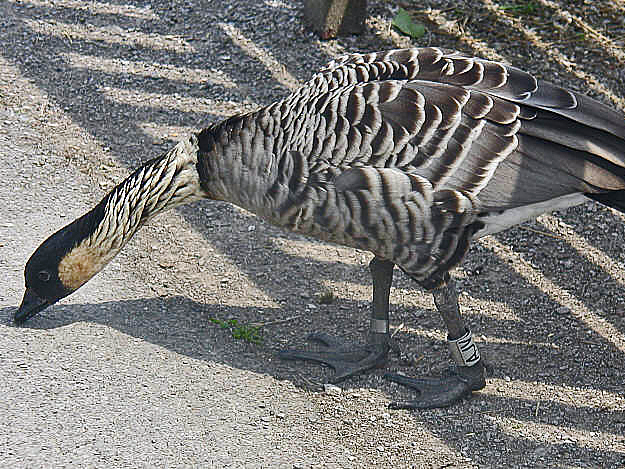
Quite unusually, the male and female nēnē birds - also known as Hawaiian geese - have the same plumage, and are difficult to tell apart. This state bird of Hawaii came to be in 1957, and has developed long, webbed toes to help navigate the rocky Hawaiian ground. The nēnē is also endangered.
Idaho: Mountain Bluebird
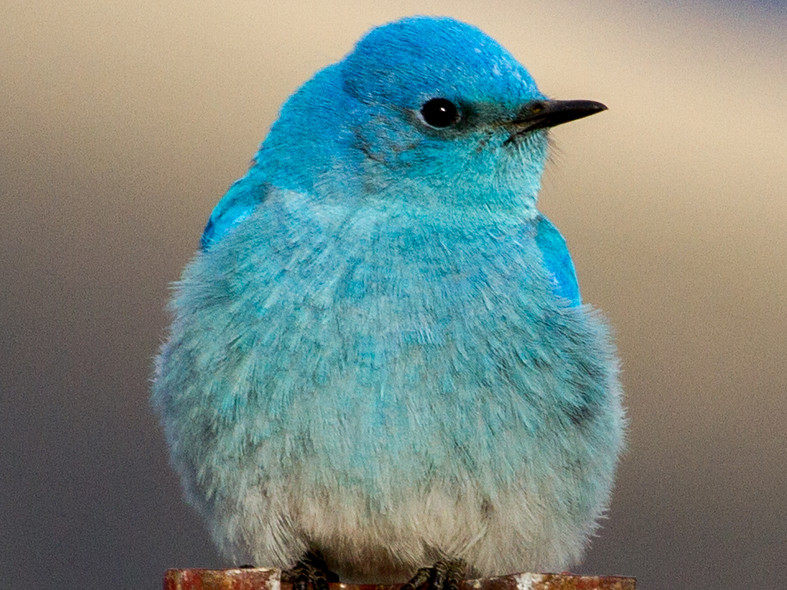
Shared with Nevada, the state bird of Idaho is the vividly colored mountain bluebird. These birds are plentiful in the Idaho mountains, preferring open and airy habitats. The male mountain bluebirds have a brilliant sky blue plumage, whereas females are grayer.
Illinois: Northern Cardinal
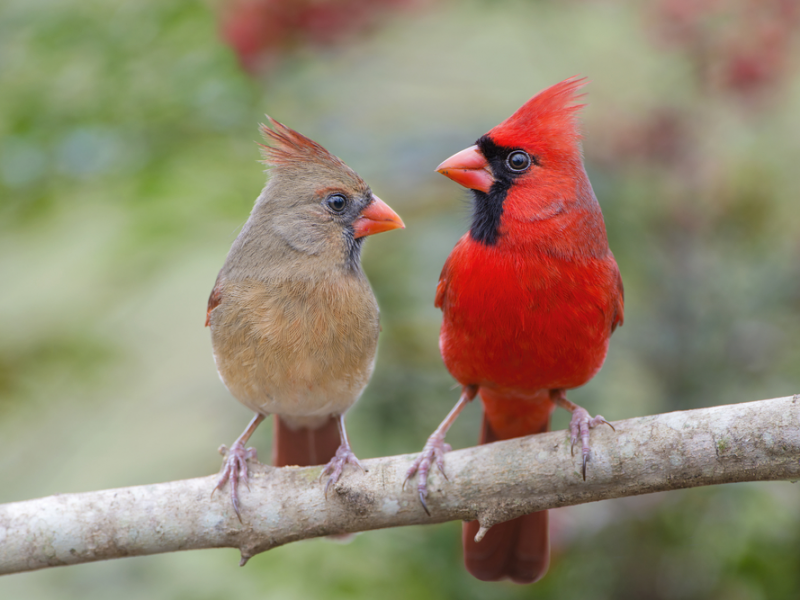
One of the most common state birds, the stunningly red cardinal is the official bird of Illinois, Indiana, Kentucky, North Carolina, Ohio, Virginia, and West Virginia.
School children selected the cardinal as Illinois' state bird back in 1929. Male and females have red feathers, with females having a more brownish tone compared to the male's stark red. They share, however, a jet-black face.
Indiana: Northern Cardinal
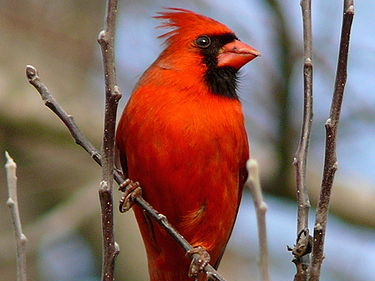
Another state to claim the northern cardinal, Indiana is no stranger to the bird's signature calls: "cheer-cheer-cheer," "whit-chew whit-chew," and "purty purty purty." Cardinals sing year-round, too.
Iowa: Eastern Goldfinch (American Goldfinch)
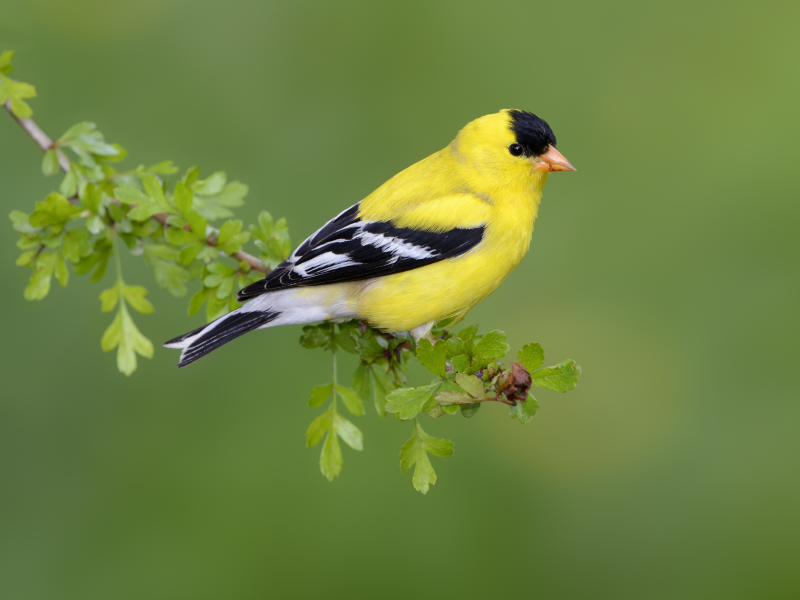
Sometimes called the "American goldfinch" or "wild canary," Iowa's state bird can be found flying throughout the state even in the winter months. The male goldfinch has a bright yellow body with accented black feathers and assumes the more muted plumage of the female during winter.
Kansas: Western Meadowlark
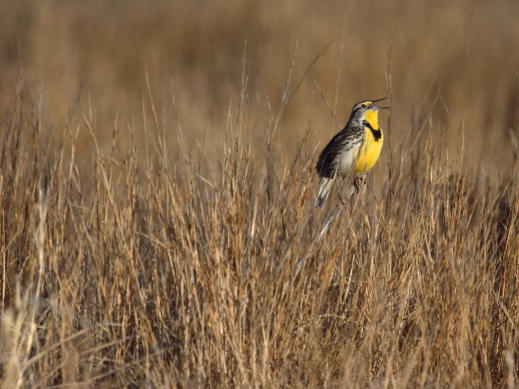
The western meadowlark became the official state bird of Kansas in 1937, which makes sense, since this songbird thrives in open country. The male's plumage is known for a deep black "V" located on the chest of the bird.
Kentucky: Northern Cardinal
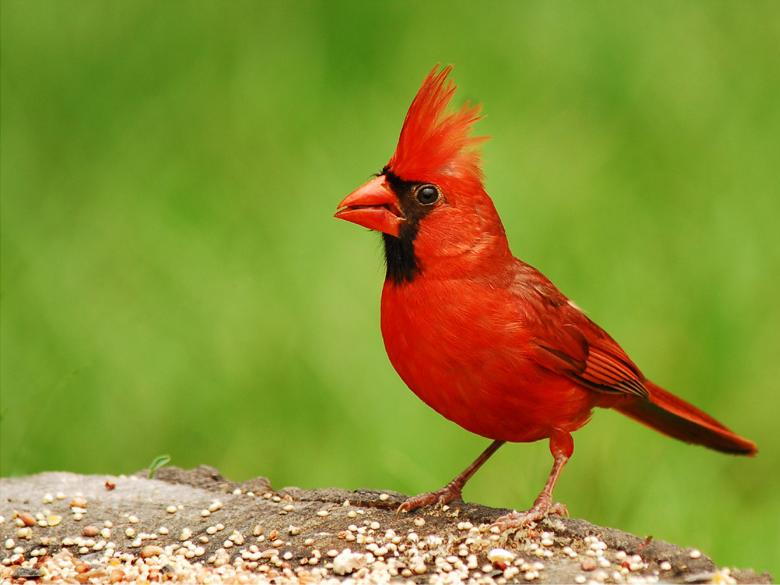
The northern cardinal is no stranger to Kentucky, as well. This "backyard bird" was designated as the state bird in 1926. Interestingly, the males are in charge of guarding their 4-acre territory, and have been known to get aggressive if threatened by other birds - or even red objects that look like other male cardinals.
Louisiana: Brown Pelican
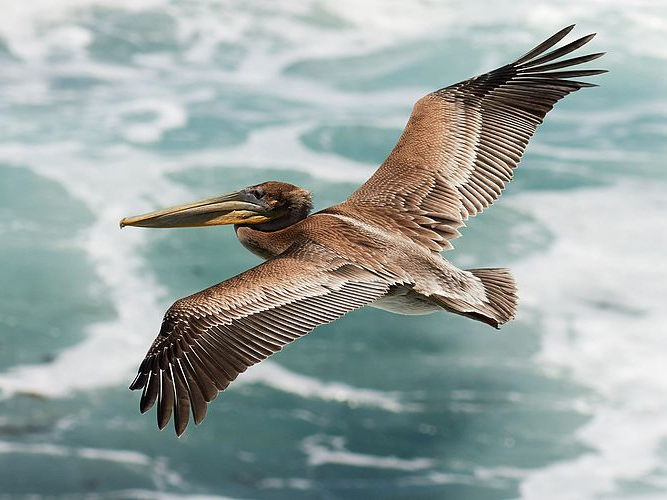
Since Louisiana's nickname is "The Pelican State," it's fitting that their state bird - which first impressed European settlers centuries ago - is the brown pelican. Unlike others of its species, the brown pelican can be found mainly in ocean waters, in contrast to the usual inland lakes.
Maine: Black-capped Chickadee
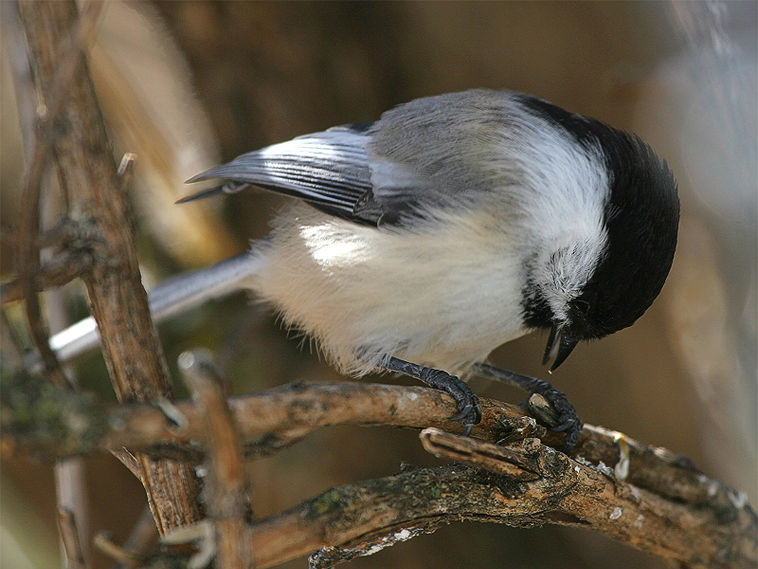
What sets the black-capped chickadee apart is its unique call, which can be heard year-round in the northern US and Canada. But this agile, black-and-white-toned chickadee is only the official state bird of two states: Maine and Massachusetts.
Maryland: Baltimore Oriole
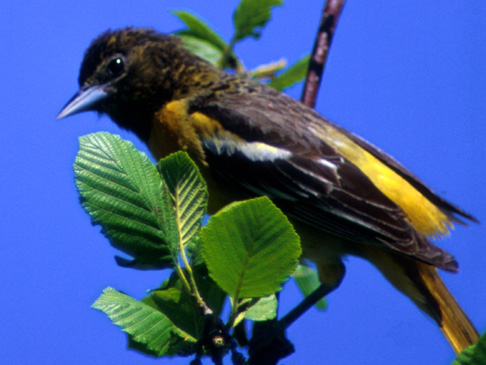
The name of this state bird might sound familiar, and that's because Baltimore fancied their native bird so much they named their major league baseball team The Baltimore Orioles. Maryland's beloved state bird has even been compared to their state flag, which features a yellow and black color scheme similar to the oriole's plumage.
Massachusetts: Black-capped Chickadee
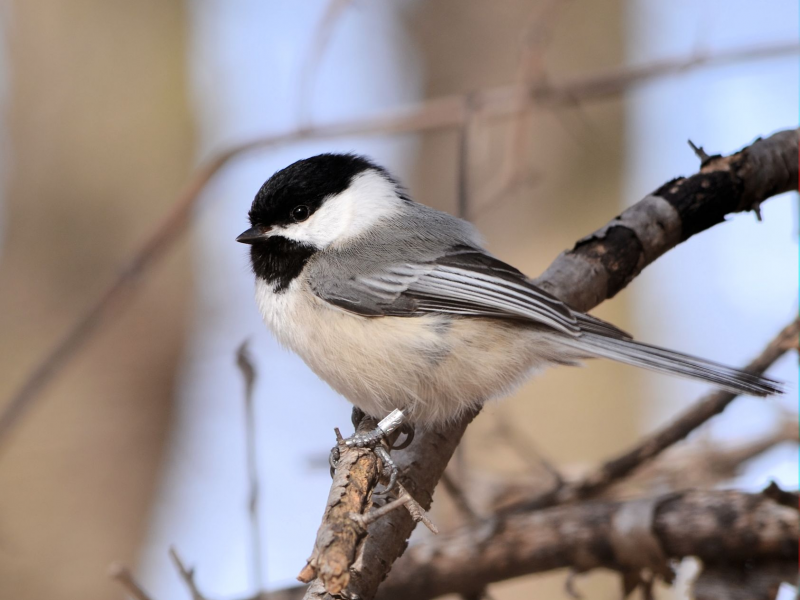
The other state in the US to have the black-capped chickadee as its official bird, Massachusetts boasts forests and suburban areas, which are where these birds thrive. The black-capped chickadee is known to "cache" its food, hiding berries and insects in small coves in trees, only to retrieve (and eat) them later.
Michigan: American Robin
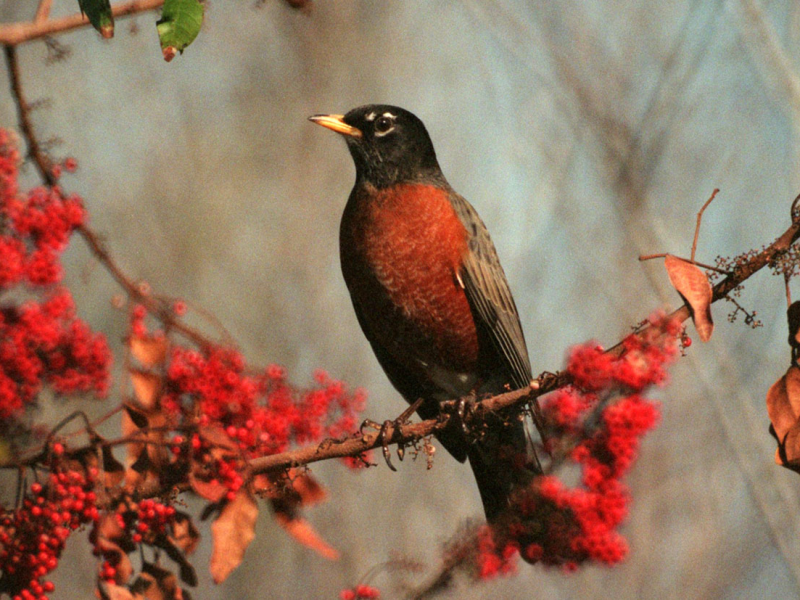
American robins are a popular "backyard bird," and their ubiquity in the backyards of Michigan led them to be voted as the state's official bird in 1931. American robins are also known for their "rich" songs and calls.
Minnesota: Common Loon
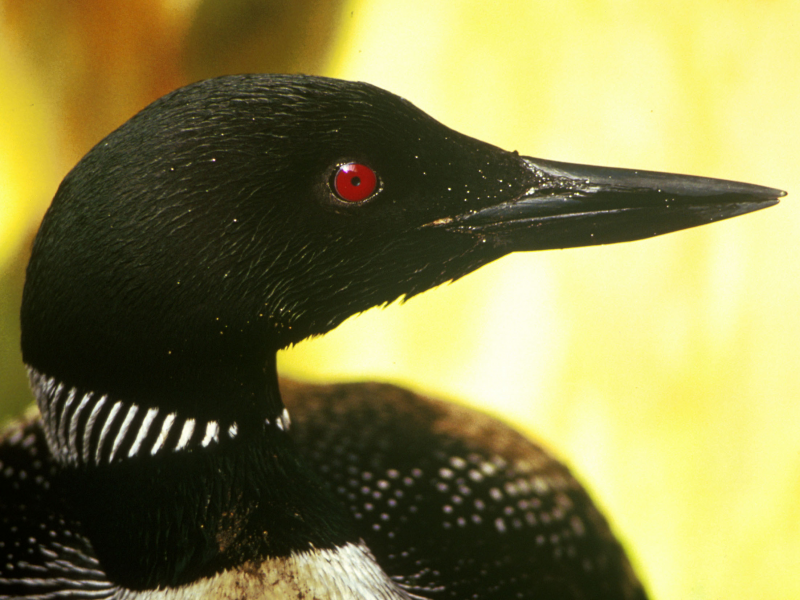
The common loon (technical name "Gavia immer") is the unusual, red-eyed bird that can be found swimming in the northern lakes of Minnesota during the summer. They have wingspans that can stretch up to five feet, and are also known for their incredible diving skills.
Mississippi: Northern Mockingbird
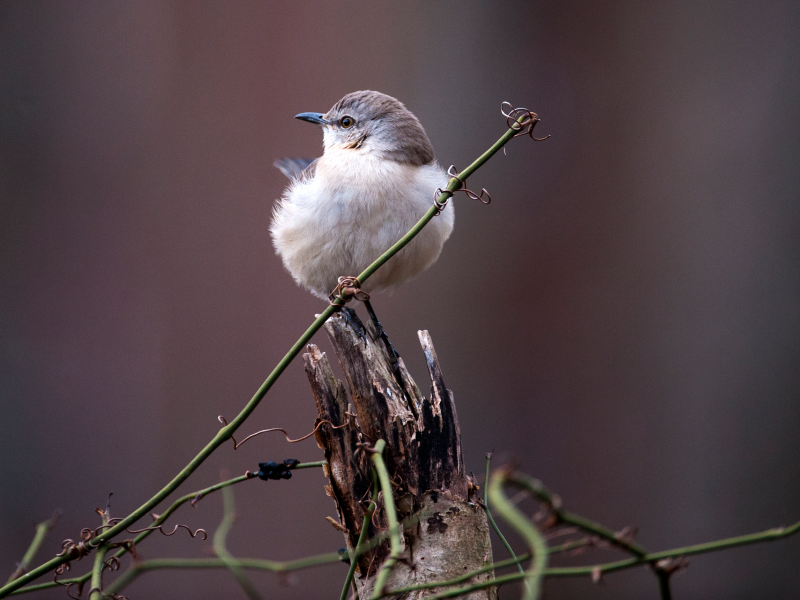
The northern mockingbird also calls Mississippi its official home state. These little gray beauties are known to stop occasionally while running to stretch, flashing their white wing patches. Mockingbirds tend to stay low to the ground, as they hunt for insects and perch in shrubs to find berries to eat.
Missouri: Eastern Bluebird
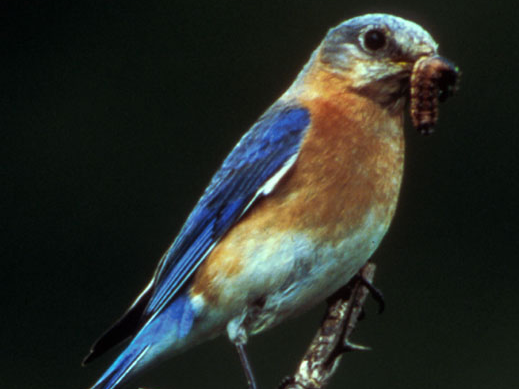
Also the state bird of New York, the eastern bluebird thrives in open spaces and vast areas of land, like orchards or parks. The eastern bluebird is in danger, however, and mostly found these days nesting in birdhouses put up especially for them, or on "bluebird trails."
Montana: Western Meadowlark
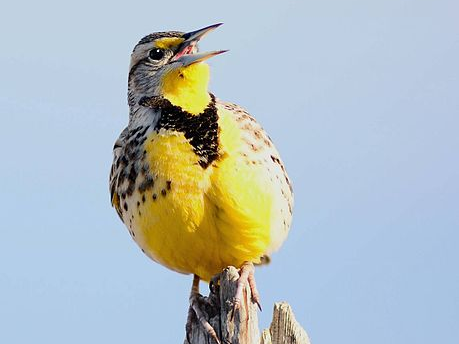
It's hard to tell Montana's state bird, the western meadowlark, apart from the eastern meadowlark because their plumage is virtually the same - they only differ in terms of calls and sounds. Montana's meadowlark is actually "rivals" with the eastern meadowlark, and the two birds actively defend their territories against each other.
Nebraska: Western Meadowlark

The western meadowlark is also the state bird of Nebraska. It can often be found perching atop fences or elevated surfaces, showing off its bright yellow plumage. Nebraska named the meadowlark its state bird in 1929.
Nevada: Mountain Bluebird
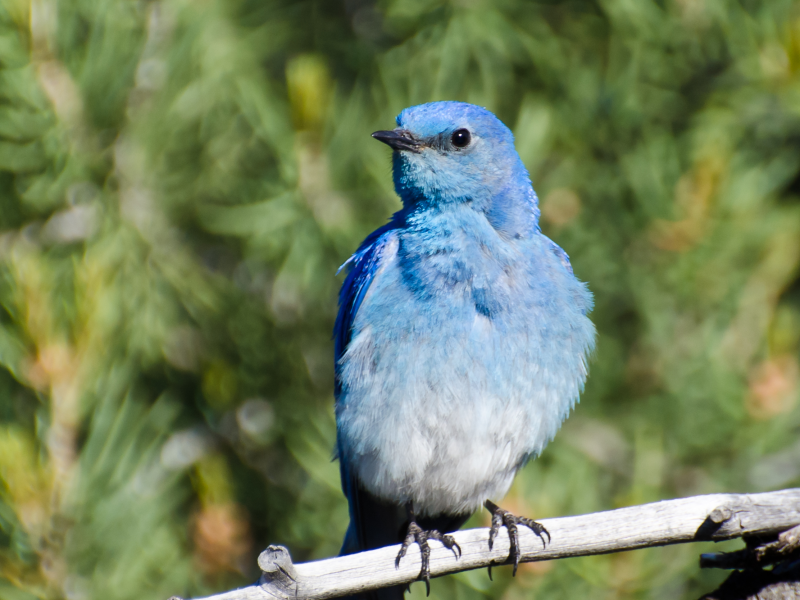
Nevada shares the mountain bluebird as its official bird with Idaho, as this strikingly blue bird prefers open terrain found in both states. The mountain bluebird also likes to nest in holes in cliffs and dirt banks when there are no available tree holes.
New Hampshire: Purple Finch
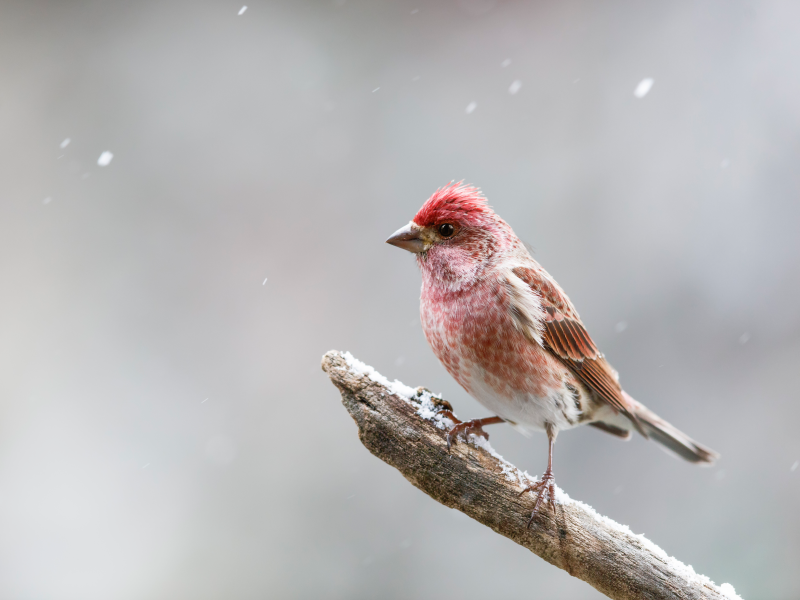
Chosen as New Hampshire's state bird in 1957, the "purple" finch is actually more of a rose color. This bird can be found in the northern and eastern parts of the country, as well as along the Pacific seaboard - but they are especially rare in the Rocky Mountain region.
New Jersey: Eastern Goldfinch
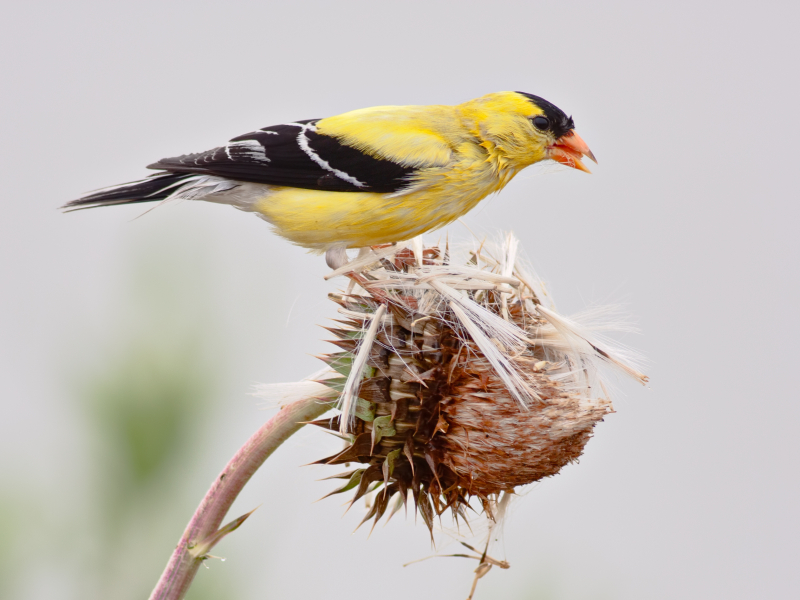
The eastern goldfinch, New Jersey's state bird as of 1935, is also called a "wild canary." These yellow stunners primarily feast on sunflowers, evening primrose flowers, and even dandelions.
New Mexico: Roadrunner (aka Greater Roadrunner)
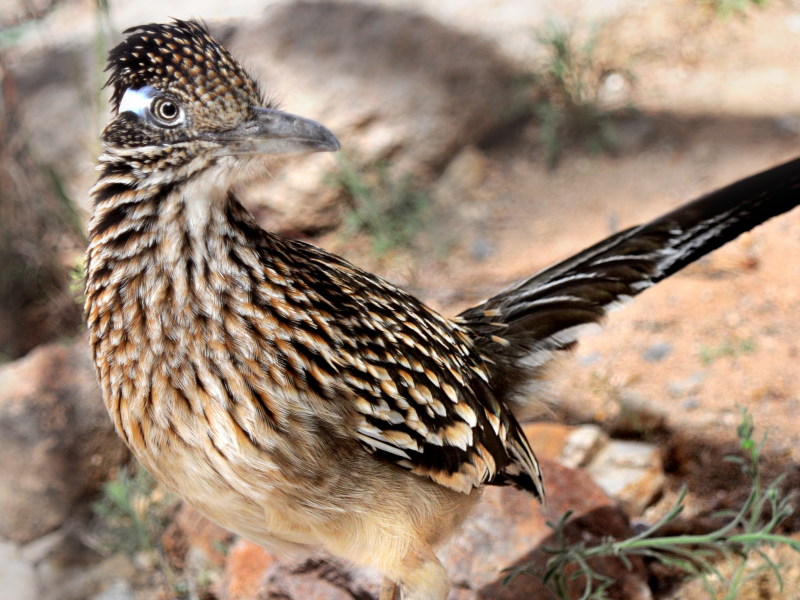
Found in the southwestern United States and northern Mexico, the greater roadrunner spends most of its time on the ground, though it is capable of flight. It can run up to 15 miles per hour (or more) to catch its prey, which consists of lizards, rodents, and insects.
New York: Eastern Bluebird

New York's eastern bluebird (shared with Missouri) is a medium-sized songbird with a vivid plumage. The Eastern bluebird is also known for its "nest demonstration display" used to attract females, in which the males perch atop their in-progress nests and wave their wings.
North Carolina: Northern Cardinal
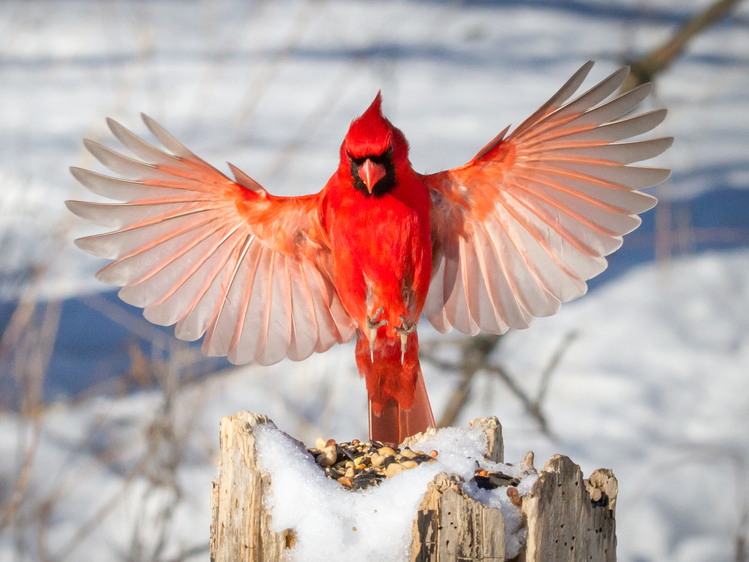
Another common "backyard bird," the northern cardinal also calls North Carolina its official home state. Though it was once only common to the Southeast, the cardinal's northern migration may be due to sunflower seeds in feeders. West of the Great Plains, however, the bird is still mostly absent.
North Dakota: Western Meadowlark

North Dakota's official state bird is also the western meadowlark, and it was made state bird in 1947. Western Meadowlarks are in the same family as blackbirds and orioles, and they can grow to be 8 to 11 inches long.
Ohio: Northern Cardinal
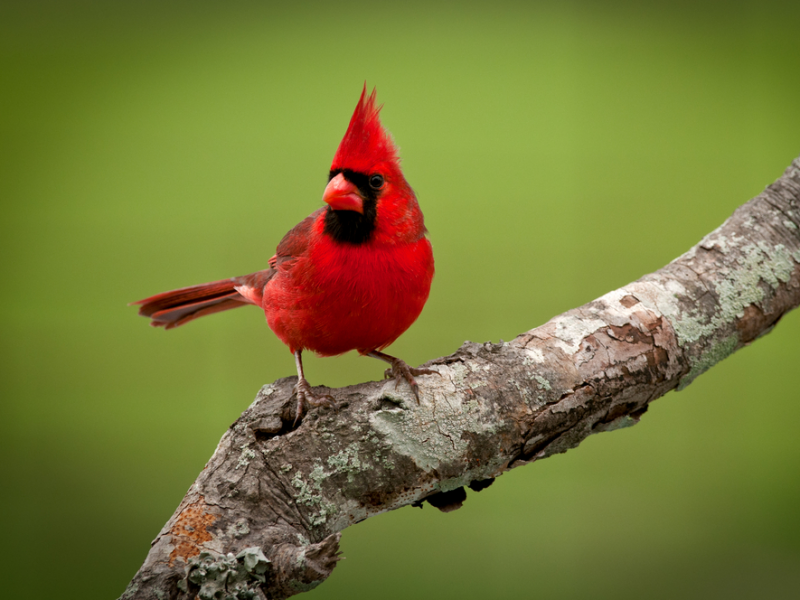
Ohio is yet another state that calls the northern cardinal its official bird. These red beauties breed two to three times per season: the females build a nest and tend to the hatchlings for a week or so, then move on to a second nest to hatch the second set of eggs.
Oklahoma: Scissor-tailed Flycatcher
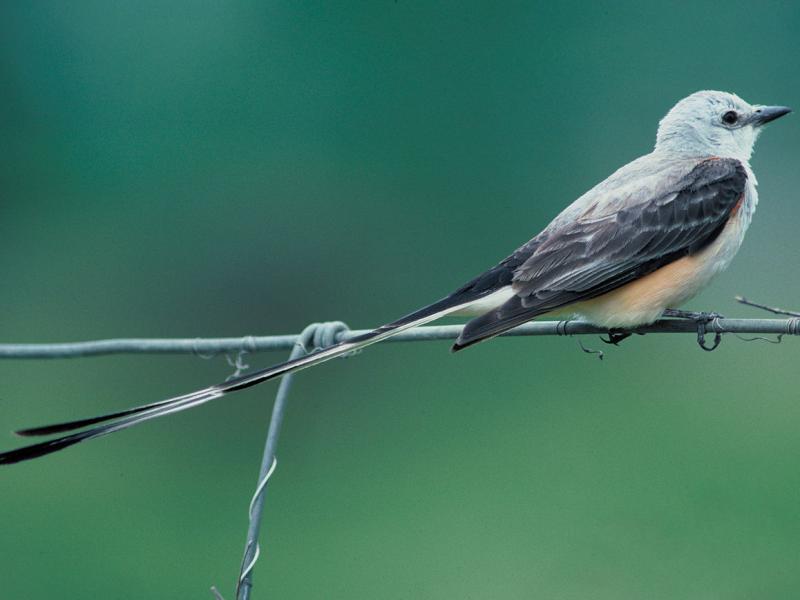
Oklahoma's state bird has a lengthy, sharp-looking tail and salmon-colored wings (on the inside). The unusual scissor-tailed flycatcher is mainly found in the summer, perched on fences and other slightly elevated surfaces.
Oregon: Western Meadowlark
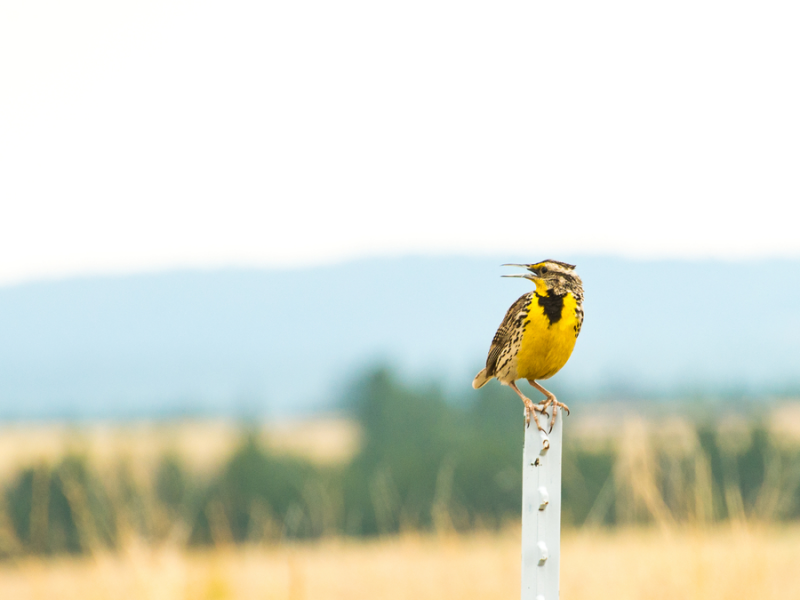
The common western meadowlark was voted Oregon's state bird by school children in 1927. The tiny bird is preyed on by skunks, coyotes, and raccoons, and is thus declining in numbers throughout the country.
Pennsylvania: Ruffed Grouse
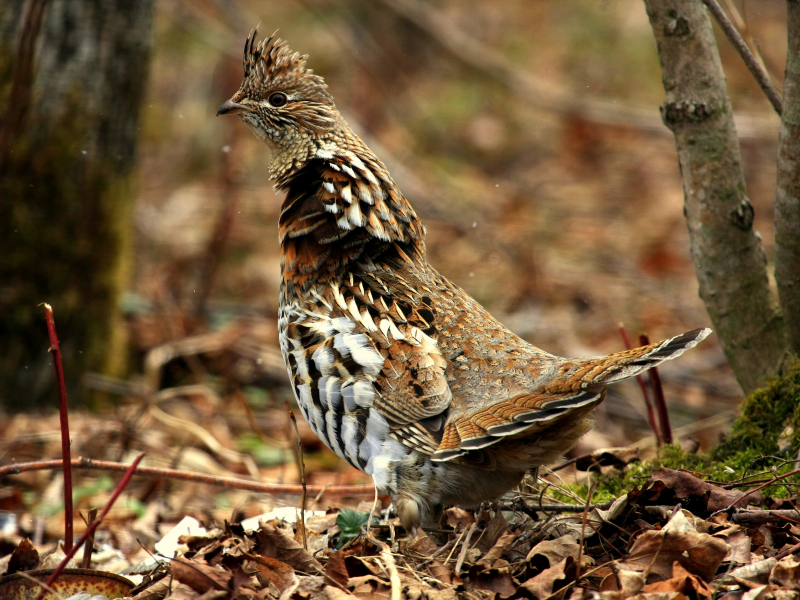
The ruffed grouse (Bonasa umbellus) is a chicken-like bird found in the northernmost parts of North America, including Pennsylvania, which is the only state to choose it as its official bird. The ruffed grouse has many unique features: a crest, an overall fan shape, a black-banded tail, and black ruffles on the sides of its neck.
Rhode Island: Rhode Island Red Chicken
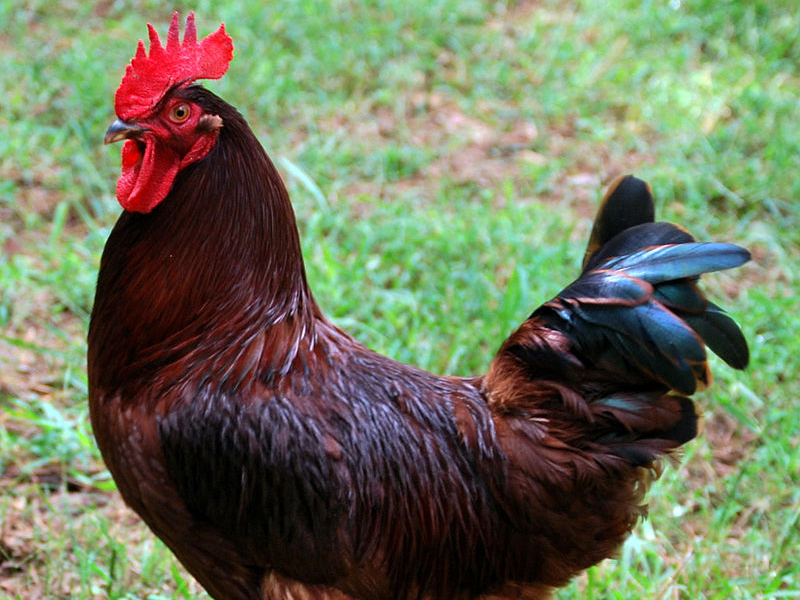
The "Rhode Island Red" - also referred to as the Rhode Island red chicken - was elected state bird in 1954. Reportedly, when Rhode Island Governor Dennis J. Robers signed the official bill into law, he remarked: "The Rhode Island red has become a symbol of Rhode Islanders all over the world."
South Carolina: Carolina Wren
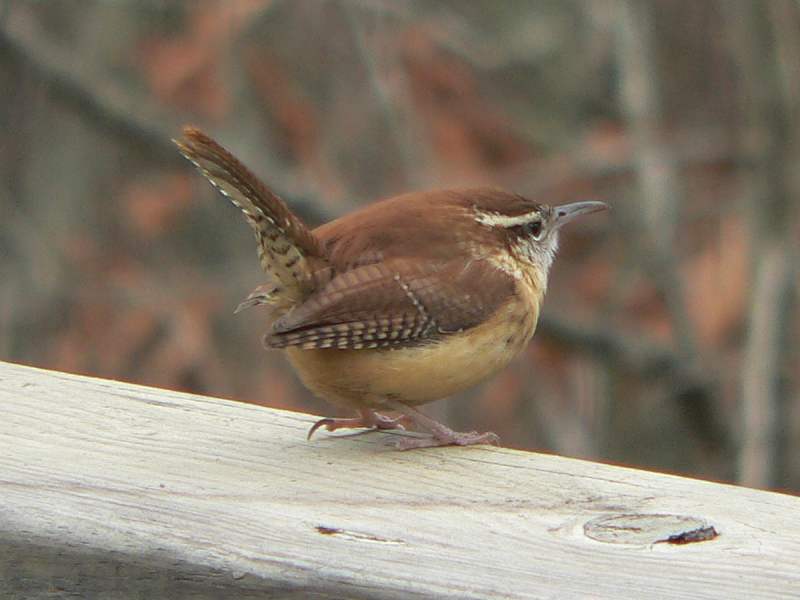
The Carolina Wren is more brightly colored than others of its kind, and it is native to the southeast region of the US. South Carolina's state bird is also known to live in pairs year-round, and the male and female birds actually "duet" together: the female chatters while the male sings.
South Dakota: Ring-necked Pheasant
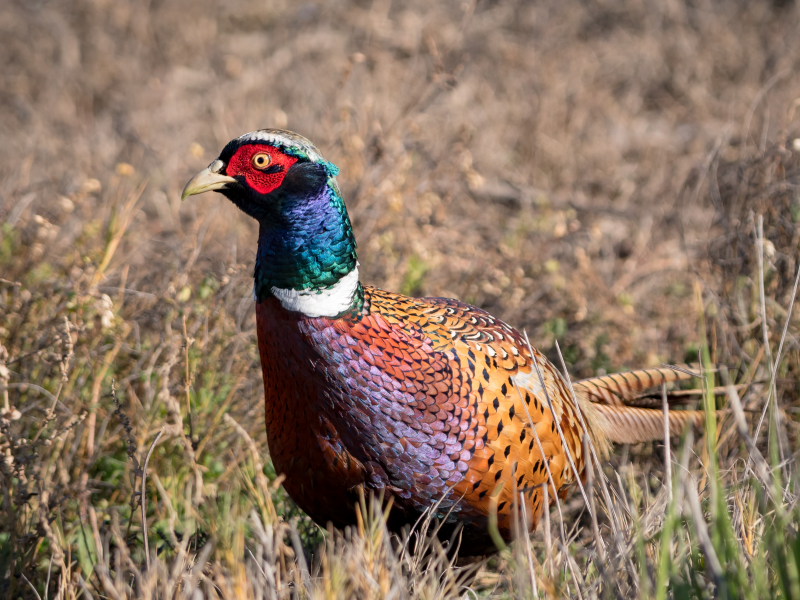
The ring-necked pheasant was introduced to the US in the 1800s as a game bird, but in areas like South Dakota and the northern prairies, it flourishes on its own. The bird is known for its colorful, iridescent plumage, and was named the official state bird of South Dakota in 1943.
Tennessee: Northern Mockingbird
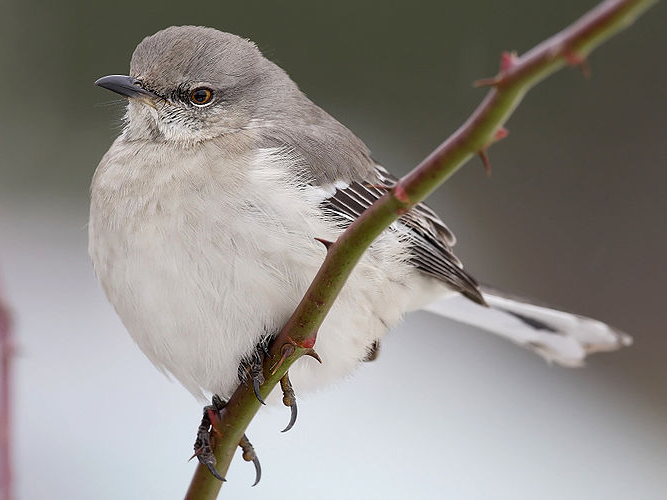
The state bird of Tennessee is the northern mockingbird, made official in 1933. But it also has a state game bird, which is the bobwhite quail, designated in 1988.
Texas: Northern Mockingbird

Texas also recognizes the northern mockingbird as its state bird. In addition to the 200 songs they sing, northern mockingbirds are also known for their ability to mimic - they can mimic car and mechanical noises, in addition to the songs of other birds.
Utah: California Gull
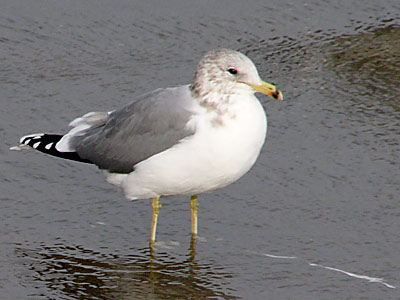
The California gull - aka "seagull" - is so popular in Utah, there's a monument dedicated to the state bird in Salt Lake City. Back in 1848, the gulls supposedly helped settlers' crops survive by eating crickets, and since then they have been a part of the fiber of Utah.
Vermont: Hermit Thrush
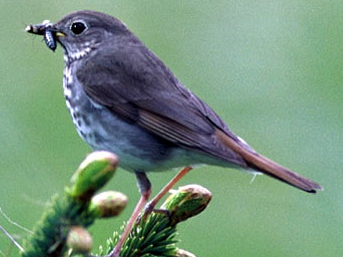
Making its home in forests and mountains in the northern parts of the US, the hermit thrush is a tiny, brown-colored thrush bird that was made state bird of Vermont in 1941. It's known for its "pensive" and "melancholic" song, which reverberates throughout its habitat and can be heard by passersby.
Virginia: Northern Cardinal
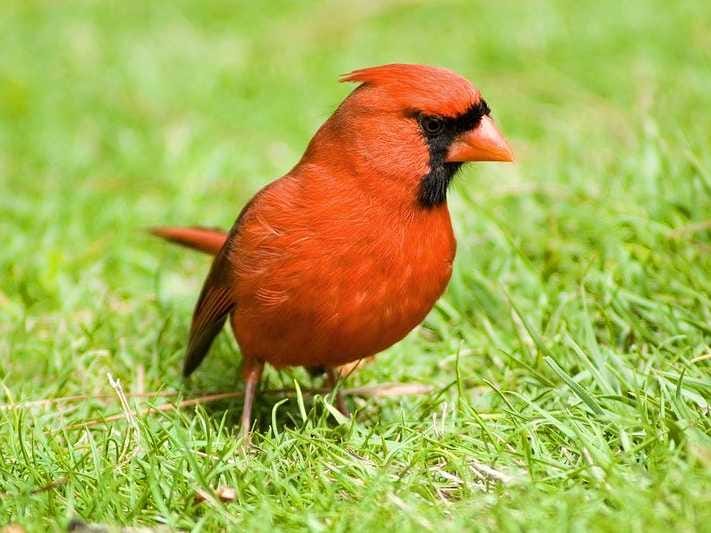
Virginia is yet another state to embrace the northern cardinal as its state bird. Male cardinals actually sing to defend their nesting territory, and while courting, males and females swing back and forth while singing to each other.
Washington: Willow Goldfinch
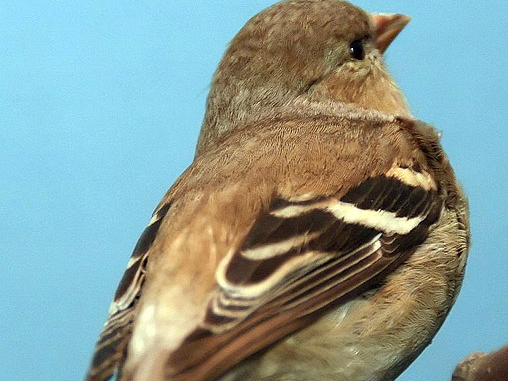
Also called the "American goldfinch" and "eastern goldfinch," Washington's state bird is known for its athleticism and agility. Willow goldfinches actually bounce slightly when they fly, making them instantly recognizable in the sky.
West Virginia: Northern Cardinal
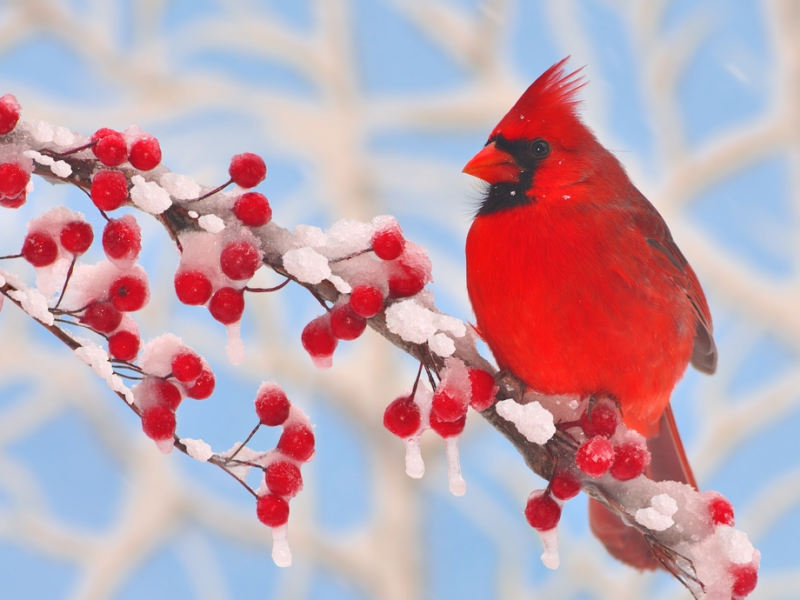
The northern cardinal can be found in many a backyard in West Virginia, and the bird's popularity spoke for itself when West Virginians were electing their state bird in 1949: the Northern cardinal won by a landslide.
Wisconsin: American Robin

The American robin's popularity also shone through in Wisconsin when school children were electing the state bird in 1949 - the robin received almost twice as many votes as all the other birds in the running.
Wyoming: Western Meadowlark
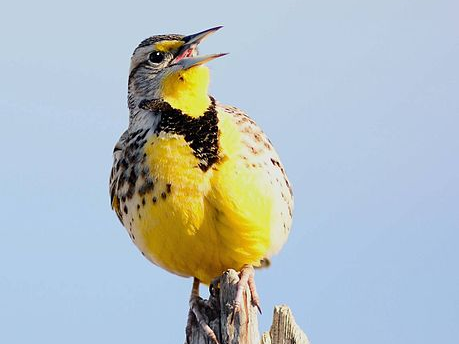
The popular western meadowlark was made Wyoming's state bird in 1927, making it the official songbird of six states in the country.
